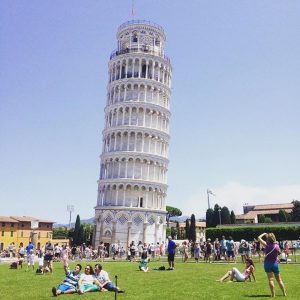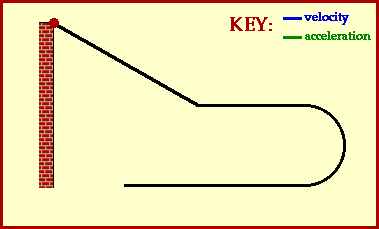Science, technology, and warfare

This website explains how the advancement in technology can affect warfare. Scientific technologies such as robotics, artificial intelligence, nanotechnology, computer science, and 3d printing make a country even more powerful than having nuclear weapons. These technologies enables the development of powerful military systems. There are endless possibilities to what technologies can create. Future warfares will rely on a lot of technologies. The internet can spread information extremely quickly, so a lot of new technology is exposed to us. For this reason, national security can no longer be guaranteed by military power. Technology is playing a large role. These technologies are enabled by science.

 This website shows the development in science in World War I. Synthetic rubber for cars were developed because German needed to make large amounts of rubber locally. It was a foundation for airlines today because multi engined airplanes were made so it’s possible to transport a lot of people. Blood banks, smaller radios and ultrasound machines used to to detect underwater submarines were made.
This website shows the development in science in World War I. Synthetic rubber for cars were developed because German needed to make large amounts of rubber locally. It was a foundation for airlines today because multi engined airplanes were made so it’s possible to transport a lot of people. Blood banks, smaller radios and ultrasound machines used to to detect underwater submarines were made.



